Shawdesh Desk:
The ousted Hasina government had devised a multi-layered strategy to prevent the ‘March to Dhaka’ on 5 August, which ultimately led to its downfall, according to the OHCHR fact-finding report on human rights violations in Bangladesh.
The report, released on Wednesday in Geneva, highlighted that the government deployed security forces across strategic entry points to the capital, enforced mobile network disruptions, and conducted mass detentions of student leaders and opposition activists in the days leading up to the march. The report has mentioned ‘March to Dhaka’ as ‘March on Dhaka’.
The ousted Sheikh Hasina government held two high-level meetings on 4 August 2024, to devise a strategy for stopping the ‘March on Dhaka’ called by the student-led anti-discrimination movement, according to the OHCHR fact-finding report.
The first meeting took place in the morning at the National Security Council, chaired by then Prime Minister Sheikh Hasina. It was attended by the chiefs of the Army, Navy, Air Force, BGB, DGFI, NSI, and senior ministers from the Home, Education, and Foreign Affairs ministries.
The council discussed imposing a strict curfew and using force if necessary to prevent protesters from reaching central Dhaka. Prime Minister Hasina issued a public statement that day labeling the protesters as ‘terrorists’ and calling on citizens to resist them.
The second meeting occurred in the evening at the Prime Minister’s residence, involving senior security officials from the Army, Police, RAB, BGB, and Ansar. During this meeting, the Army Chief assured Hasina of their ability to secure Dhaka.
A joint plan was finalized, assigning the Army and BGB to block all entry points with armored vehicles, while the Police and RAB were tasked with controlling crowds using lethal force if needed.
Despite these preparations, on August 5, the Army and BGB largely stood down, allowing hundreds of thousands of protesters to enter the city. The police, unaware of the army’s withdrawal, continued to fire on demonstrators at several locations, resulting in numerous casualties.
A senior police officer told the mission, “The Army knew from the morning that Hasina’s fall was inevitable, but the police did not. We were still fighting to protect the government.”
The OHCHR report documents multiple instances of police firing live ammunition on unarmed demonstrators, notably at Chankharpul, where eyewitnesses reported indiscriminate shooting. In another incident at Azampur, a 12-year-old boy was wounded as police fired live rounds into a crowd of student protesters.
The fact-finding report also highlights digital surveillance and communication blackouts, as well as the intimidation of journalists to suppress coverage of the protests. Despite these measures, the ‘March on Dhaka’ ultimately became the turning point, leading to the fall of the Hasina government and marking what many call the ‘Second Liberation of Bangladesh.’



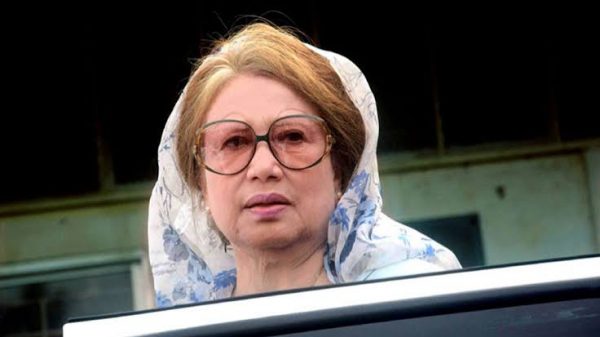









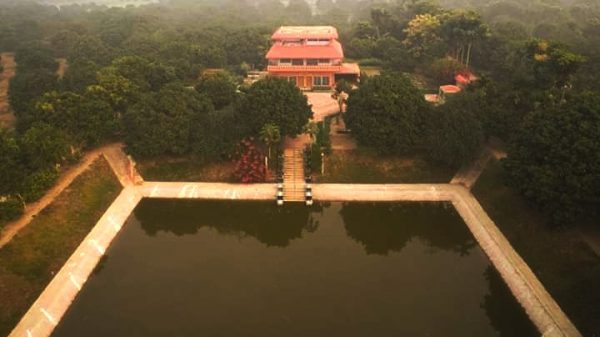
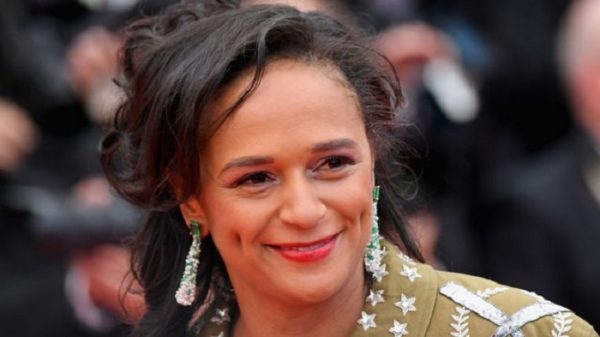
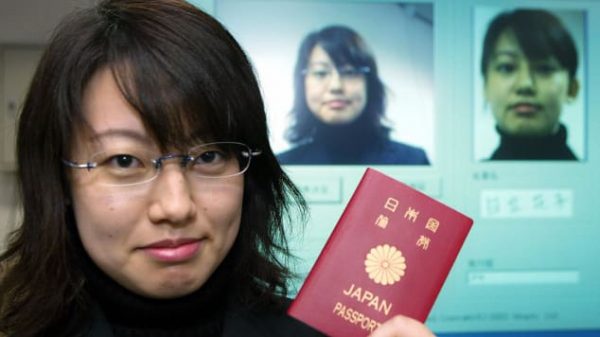
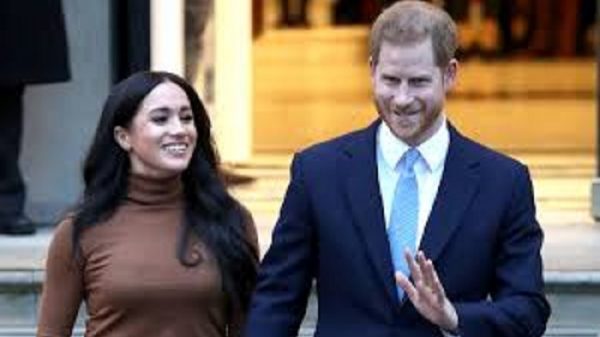

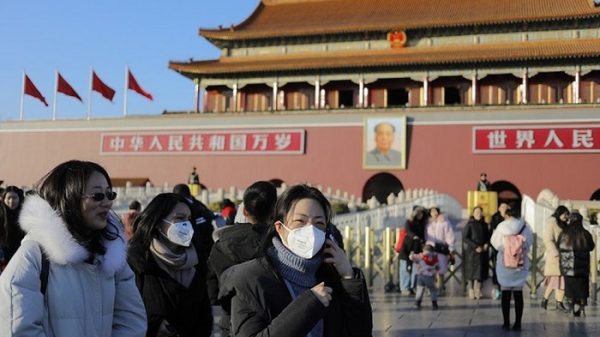
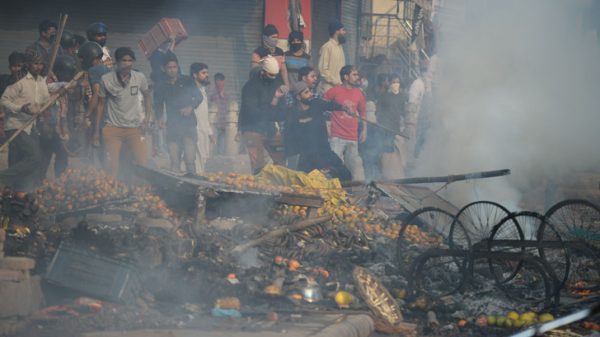
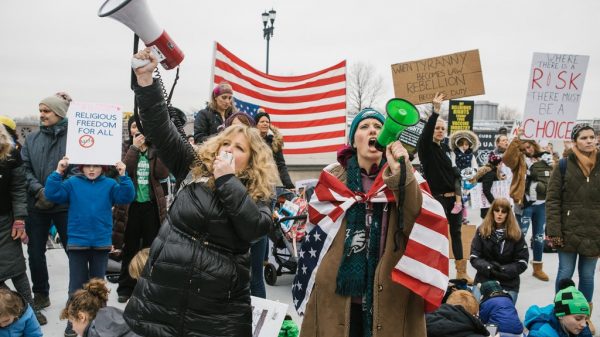



Leave a Reply